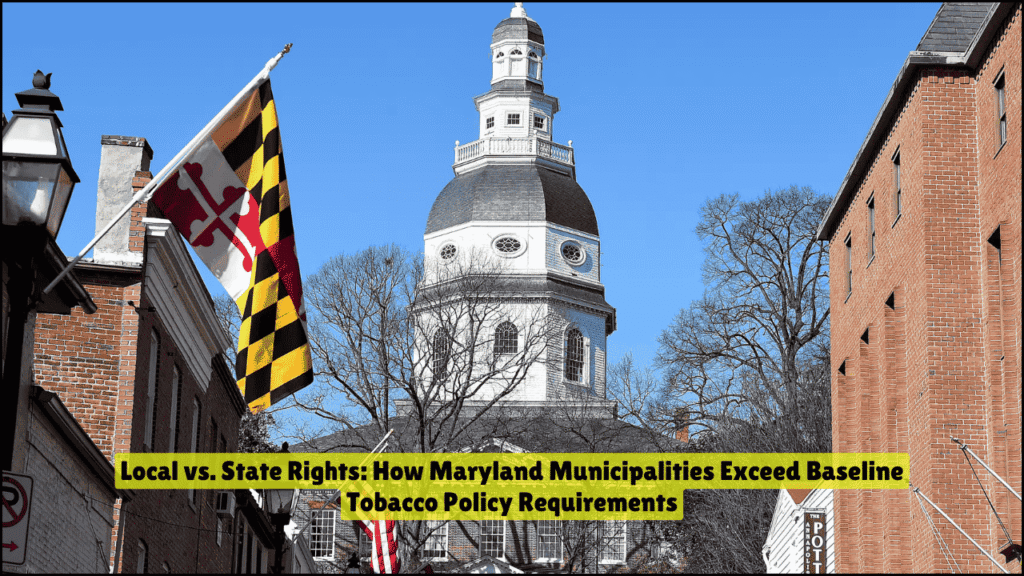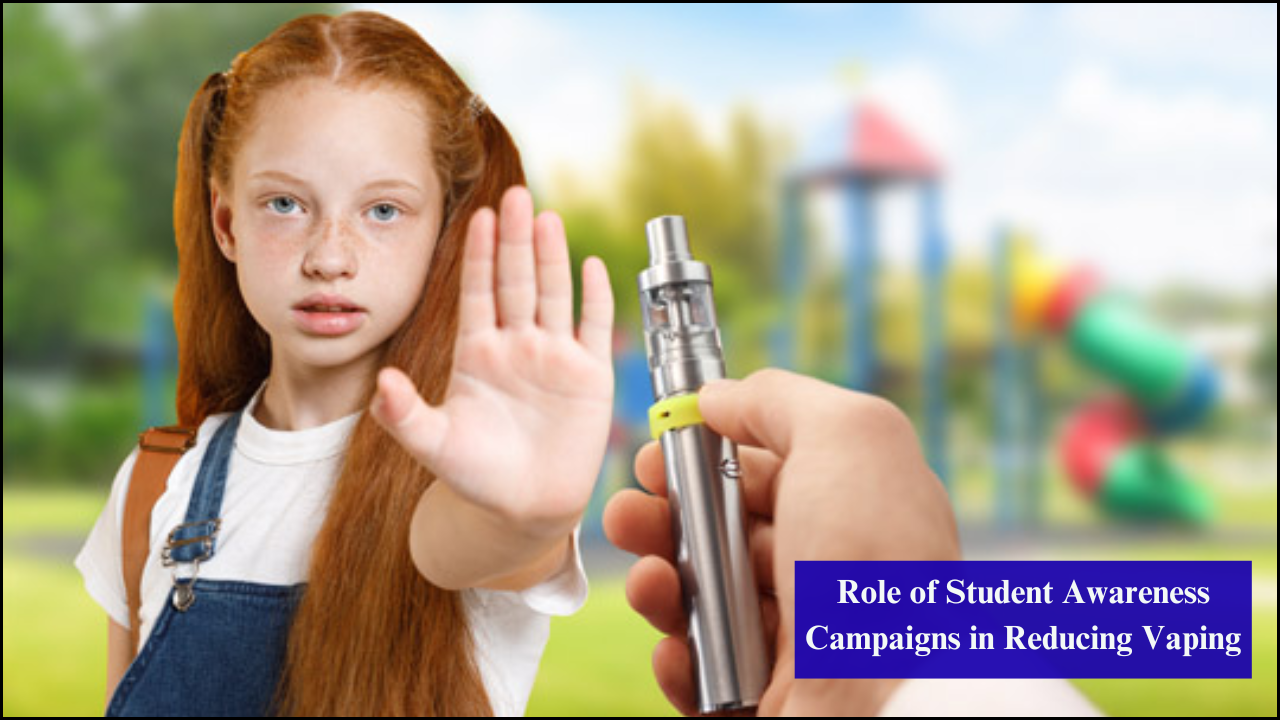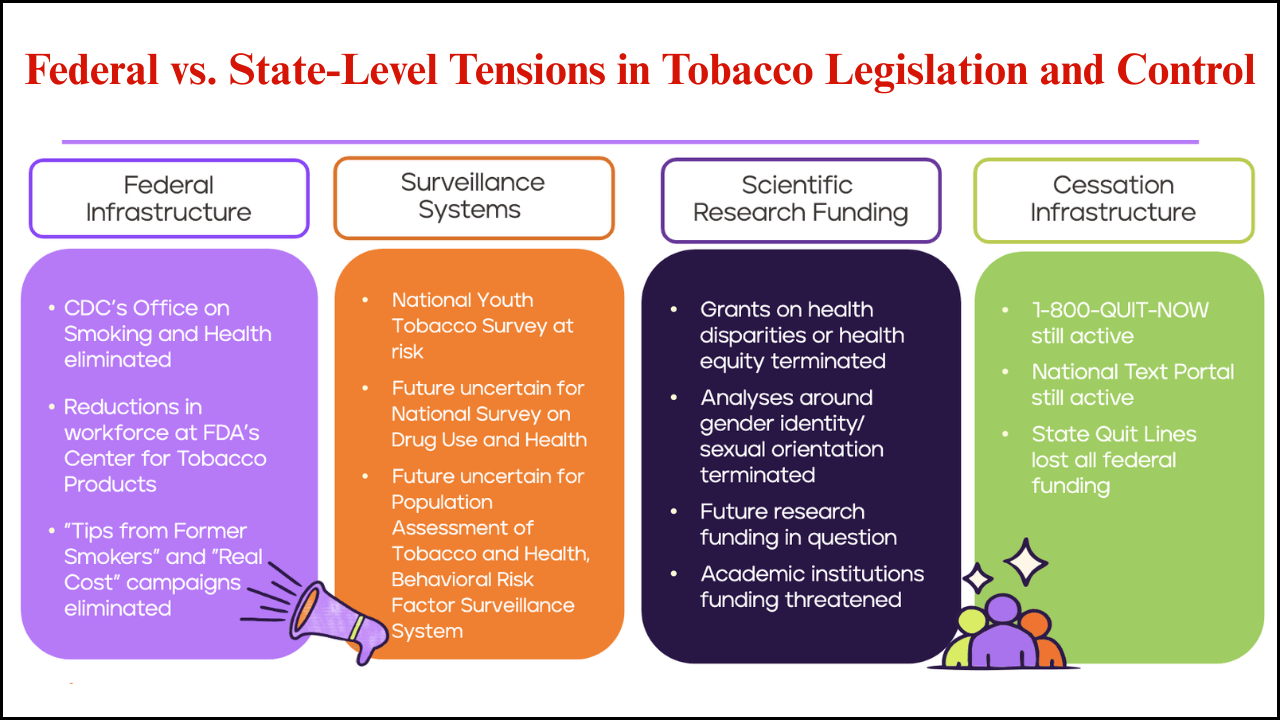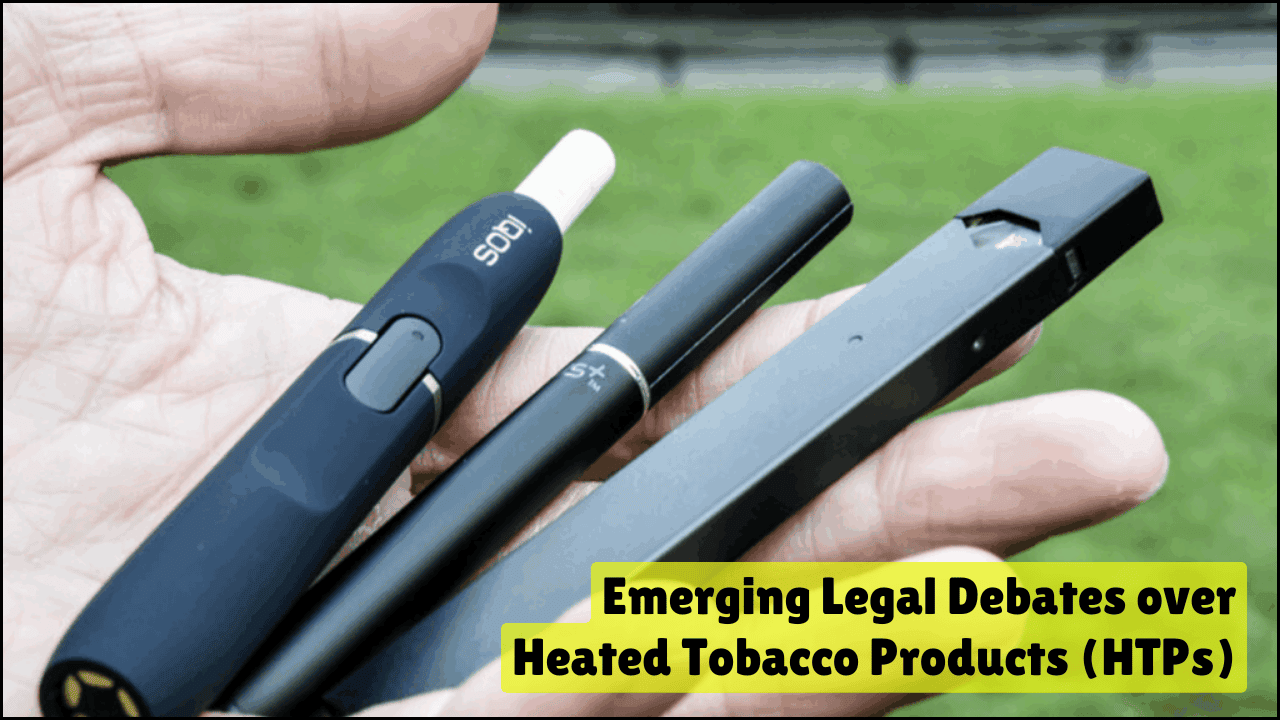
Tobacco control has long been a debate between state authority and local autonomy. Maryland provides a significant case study where municipalities not only implement baseline state tobacco policies but also advance stricter measures tailored to community health needs. Local governments in Maryland have often taken proactive steps beyond state minimum requirements to protect residents from the harms of tobacco use. Understanding this dynamic between state laws and local actions reveals how grassroots policymaking contributes to shaping stronger public health outcomes.
Table of Contents
Baseline Tobacco Policy Requirements in Maryland
- State legislation establishes foundational rules for tobacco sales, distribution, and consumption.
- Maryland law sets the minimum age for tobacco purchase at 21, aligning with the federal “Tobacco 21” standard.
- Licensing frameworks regulate retailers who sell tobacco products, ensuring accountability and compliance.
- Advertising restrictions limit where and how tobacco can be promoted, particularly near schools.
- State-level taxation on cigarettes and other tobacco products generates revenue for health programs.
Ways Municipalities Exceed State Baselines
- Local governments adopt stricter zoning restrictions on tobacco retailers.
- Some municipalities raise local licensing fees to discourage excessive tobacco sales outlets.
- Comprehensive clean indoor air ordinances extend protections beyond state rules.
- Public education campaigns target specific community groups, especially youth.
- Penalty structures are often stricter at the local level, reinforcing compliance.
Key Differences Between State and Local Approaches
| Aspect | State Baseline in Maryland | Local Municipal Enhancements |
|---|---|---|
| Minimum Age | Age 21 statewide (Tobacco 21 law) | Stronger enforcement, youth-specific education, and community outreach |
| Retail Licensing | Retail license required for tobacco sales | Higher local license fees, a limited number of licenses issued |
| Zoning Rules | General state rules, limited restrictions | Local bans on tobacco outlets near schools, parks, and libraries |
| Indoor Smoking | State law prohibits smoking in most public places | Local expansion to include outdoor dining, playgrounds, and festivals |
| Penalties | Standardized fines at the state level | Stricter penalties, repeat-offender monitoring systems |
| Advertising | Restrictions on billboard ads near schools | Total bans on storefront advertising in certain districts |
| Taxation | State excise taxes apply | Municipalities impose additional local fees or sales surcharges |
Examples of Municipal Actions Beyond State Standards
- Montgomery County
- Prohibits flavored tobacco products, including menthol.
- Expands smoke-free zones to include outdoor dining patios.
- Implements stricter retail density laws limiting store concentration in vulnerable neighborhoods.
- Prince George’s County
- Bans tobacco sales in pharmacies and health-related retail outlets.
- Requires local licensing renewal annually with community review.
- Supports youth-led anti-tobacco advocacy programs.
- Baltimore City
- Enforces aggressive penalties against retailers selling to underage individuals.
- Uses public health surveillance to monitor tobacco retailer compliance.
- Launches city-funded media campaigns highlighting tobacco risks.
Public Health Impacts of Local Autonomy
- Community health indicators improve where stricter local policies exist.
- Youth smoking initiation rates decline significantly in counties with enhanced local measures.
- Retailer compliance improves with stricter monitoring at the municipal level.
- Public awareness increases through localized campaigns adapted to cultural and demographic needs.
- Indoor air quality improves in areas with extended smoke-free ordinances.
Challenges Faced by Municipalities
- Preemption Issues: State governments sometimes attempt to block localities from passing stricter rules.
- Industry Pushback: Tobacco companies challenge local laws through lobbying and legal disputes.
- Resource Limitations: Smaller municipalities struggle with funding enforcement and education.
- Community Resistance: Some residents perceive stricter policies as government overreach.
- Policy Alignment: Ensuring local rules remain compatible with federal and state frameworks requires careful planning.
Benefits of Local Control Over Tobacco Policy
- Flexibility allows communities to respond quickly to emerging tobacco trends, such as e-cigarette use.
- Tailored approaches address local health disparities.
- Stronger enforcement mechanisms reduce youth access more effectively than statewide-only systems.
- Community-driven policies enhance public trust and cooperation.
- Local autonomy fosters innovation that may later influence state-level legislation.
Comparative Analysis of Outcomes
| Policy Area | State-Only Jurisdictions | Municipalities with Enhanced Policies |
|---|---|---|
| Youth Smoking Rates | Decline but slower pace | Significant reduction, especially in high-enforcement counties |
| Retail Compliance | Moderate, dependent on state inspections | Higher due to local monitoring and penalties |
| Public Perception | General awareness campaigns | Higher trust due to community-driven outreach |
| Secondhand Smoke Exposure | Reduced in indoor public places | Significantly reduced, including outdoor family areas |
| Equity Impact | Broad policies, less targeted | Focused measures addressing vulnerable populations |
Role of Community Engagement
- Local governments involve schools, parent associations, and youth councils in policy discussions.
- Public hearings give residents a voice in shaping stricter ordinances.
- Grassroots organizations often collaborate with municipal leaders for campaign development.
- Faith-based institutions and neighborhood groups reinforce anti-smoking norms.
- Local enforcement benefits from community reporting of violators.
Future Directions for Maryland Tobacco Policy
- Expansion of flavor bans across more municipalities.
- Introduction of local excise fees on e-cigarettes and vaping products.
- Broader restrictions on retail density to reduce exposure in low-income areas.
- State-local collaboration to share best practices and successful enforcement strategies.
- Increased investment in community-based cessation programs funded by local revenues.
Summing Up
Maryland demonstrates how local governments can exceed state tobacco policies to create healthier environments. Municipal autonomy empowers communities to adopt stricter laws, expand smoke-free spaces, and focus on youth prevention. The interplay between state baselines and municipal enhancements shows that public health progress often emerges from the local level. Strong local action not only protects residents but also sets examples for broader state and national reforms.
Key Questions
Q1: Why do municipalities in Maryland impose stricter tobacco policies than the state?
Local governments act to address specific health needs of their communities, often tailoring policies to protect youth and vulnerable groups more effectively.
Q2: Do stricter local laws conflict with Maryland’s state laws?
Most enhanced local policies complement state laws, though legal disputes sometimes arise around preemption.
Q3: Which Maryland counties are most active in exceeding state tobacco standards?
Montgomery County, Prince George’s County, and Baltimore City are among the most proactive municipalities.
Q4: How do local policies impact tobacco retailers?
Retailers face stricter licensing, zoning, and penalty systems, but compliance ultimately benefits communities by reducing youth exposure and smoking rates.







